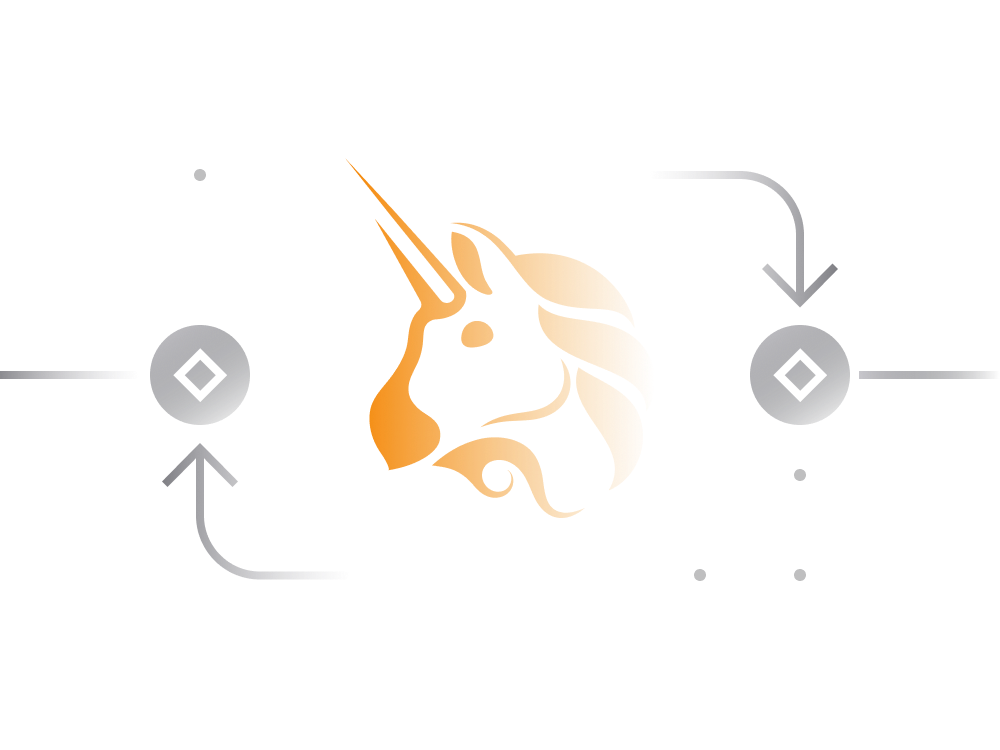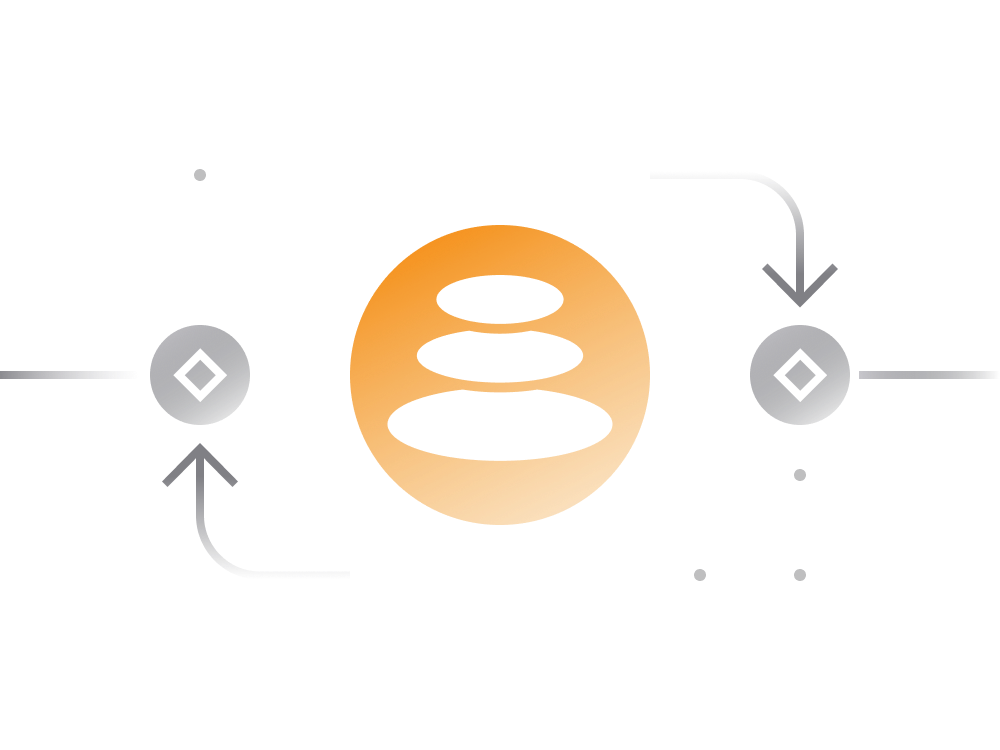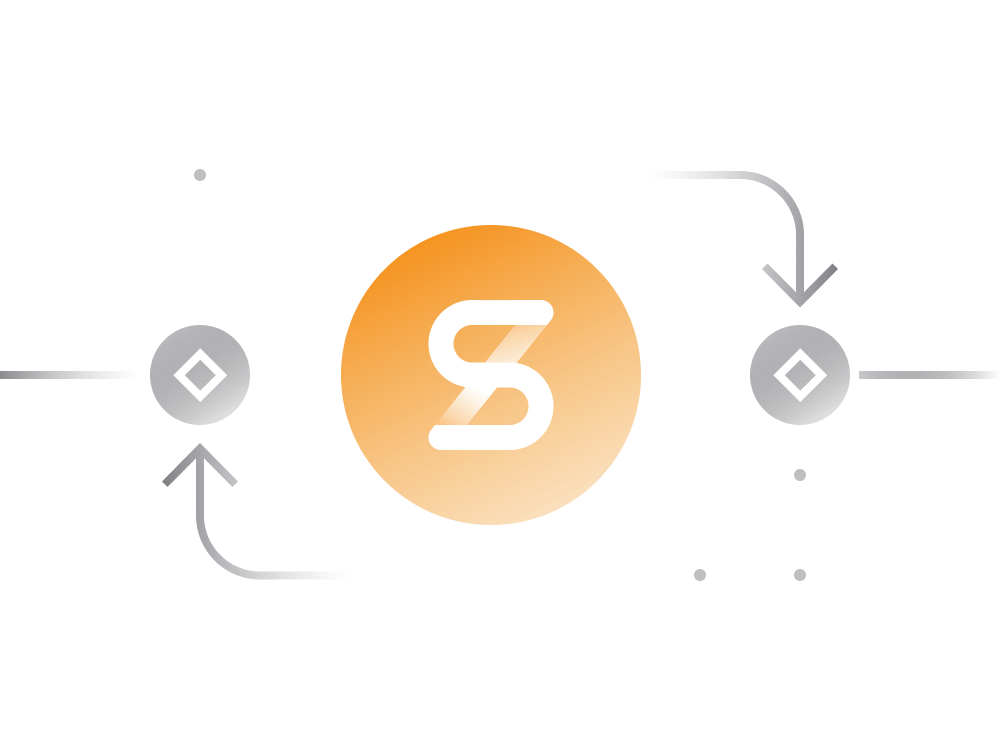Curve in Simple Terms
Curve Finance is a decentralized, Uniswap-like exchange but built specifically for stablecoins.
With DeFi growing in popularity there is a bigger demand now for trading between pairs of stablecoins, and that’s where Curve comes into play. Stablecoins are typically in high demand in DeFi ecosystem.
Curve has a large turnover volume, frequently exceeding over 50 million USD.
Curve Token
Curve plans to become a DAO and has a governance token CRV which provides additional perks when interacting with Curve services including voting capabilities on important decisions.
Total supply: about 3 billion
- 61% to liquidity providers
- 31% to shareholders
- 5% to burnable reserves
- 3% to employees
Trading on Curve
-
Curve's uniques selling point comes from its trading algorithm which provides better prices when buying or selling large amount of cryptocurrency stablecoins.
-
In comparison to Uniswap, Curve has a slightly higher fee for each trade measured at 0.04% of the trading amount.
Liquidity Providers
Liquidity pools on Curve are generally more profitable than pools on uniswap.
Apart from collecting trading fees, Curve's liquidity pools lend spare funds to external DeFi lending services and earn liquidity providers even more income.
-
At present, 4 out of 7 liquidity pools on Curve earn liquidity providers not only from trading fees but from lending liquidity to Compound lending pool as well.
-
Curve's liquidity pools do not require liquidity provider to deposit all tokens involved in the pool. The provider can just deposit one stablecoin.
-
Liquidity providers may deposit a single asset and use it to provide liquidity to multiple Curve pools.
-
Some Curve pools offer additional bonuses aimed at keeping pools balanced. When user deposits token that has a low share of the pool, s/he earns a deposit bonus.
-
Conversely, there are also bonuses for withdrawing a stablecoin that's predominant in the given pool.
Pool Profitability
-
When depositing funds to a liquidity pool, regardless of whether you are depositing multiple tokens or just one, your deposits will be auto-split into multiple tokens based on token distribution in the pool.
-
If you decide to deposit 4 DAI tokens to the pool that has 200 DAI (50%), 100 USDT (25%) and 100 USDC(25%) tokens, then your deposit will be split in 2 DAI, 1 USDT and 1 USDC.
-
When withdrawing from a pool you will be typically withdrawing in all pool tokens, regardless of which token you deposit.
-
Due to versatile pool deposit mechanisms, adding funds to liquidity pools can be quite expensive when Ethereum network is busy.
Risks
Curve Finance significantly more complex than Uniswap and integrates some third party DeFi services into its products.
So, from security point of view there is a higher chance of potential undiscovered issues in a smart contract.
Curve smart contract have been audited by a third party service known as Trail Of Bits.


